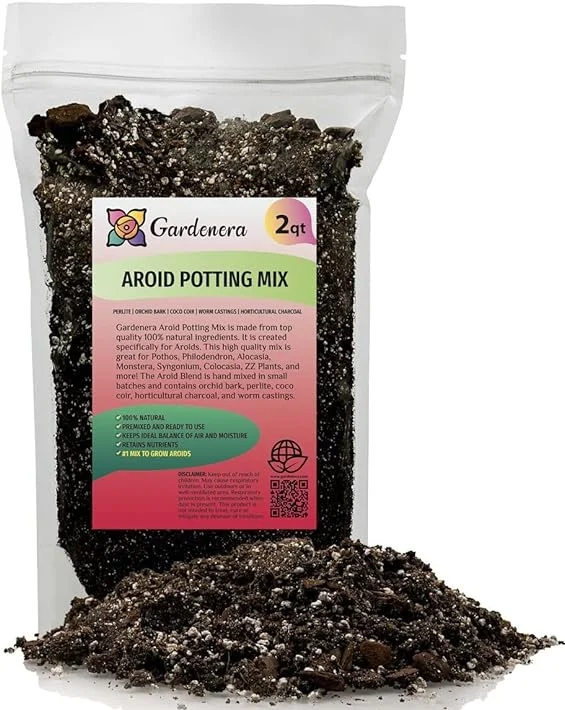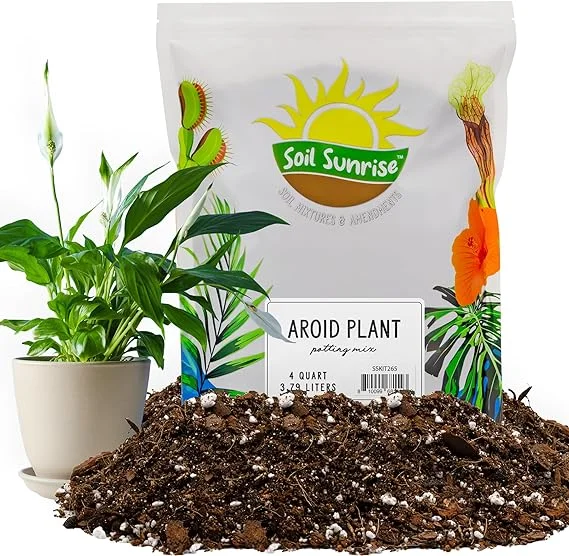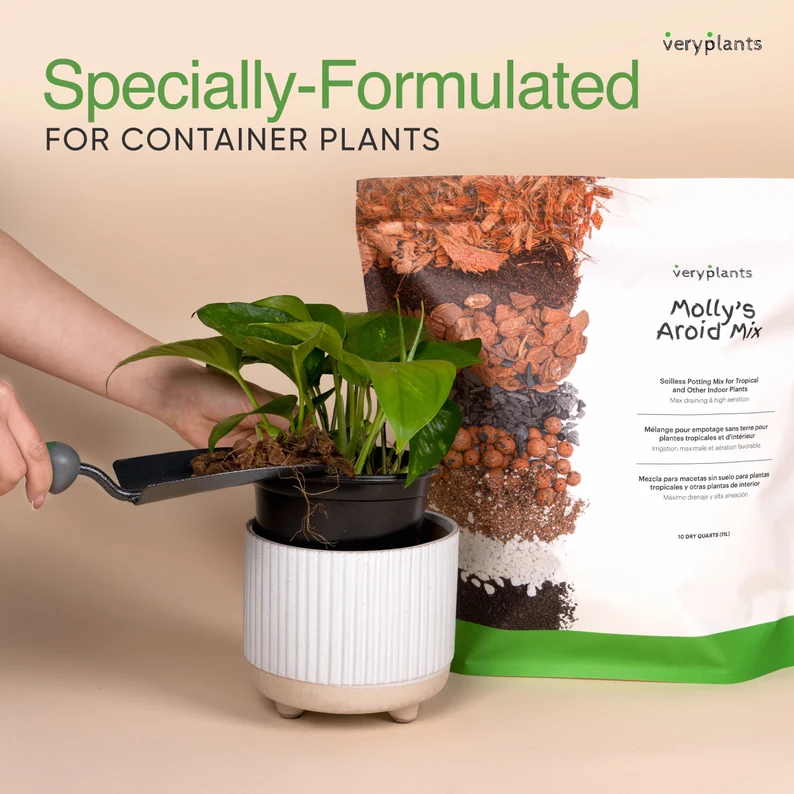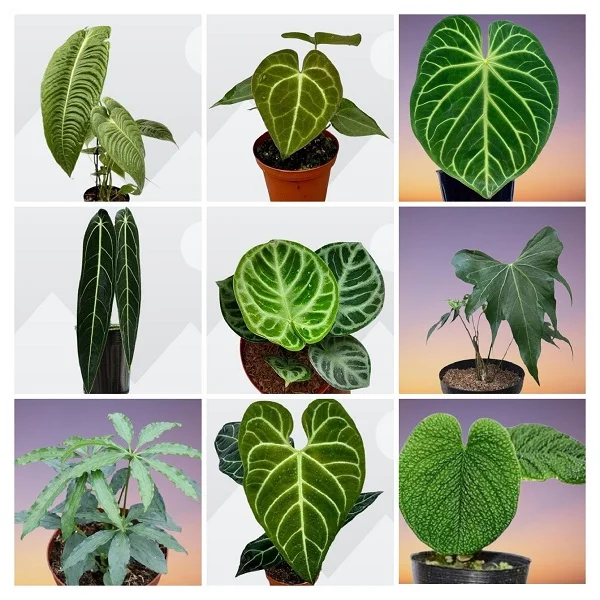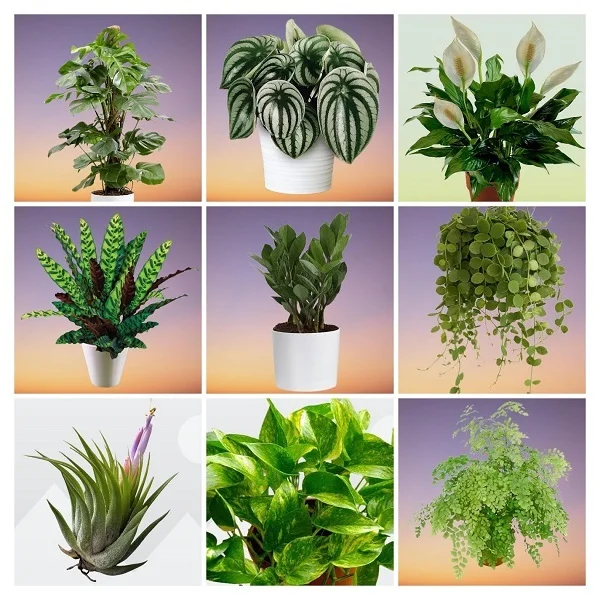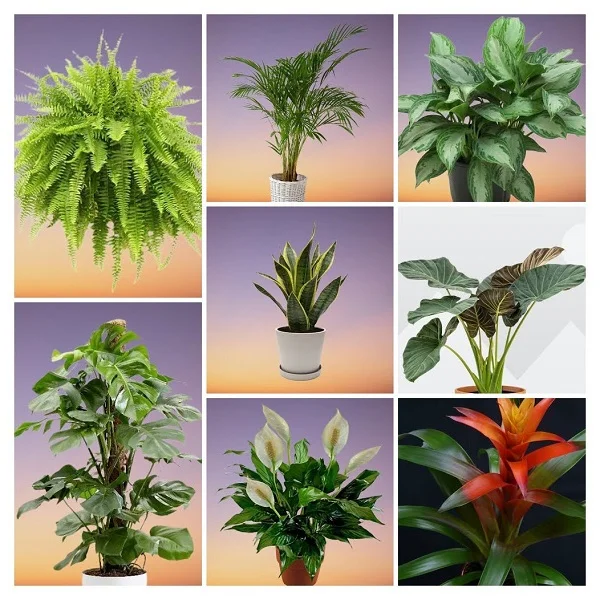Crystal Anthurium (Anthurium crystallinum) Indoor Care, Propagation, Problems and Solutions
Some links in this post may be affiliate links
Anthurium crystallinum (Crystal Anthurium) prefers bright indirect, warm and humid conditions and consistently moist, rich, well-drained, aroids potting soils coupled with monthly feeding in the growing season.
Crystal Anthurium is one of the popular Anthurium varieties whose heart-shaped leaves are velvety on the surface and the leaf color changes from bronzy-purple to deep-green with age.
The foliage hangs vertically, displaying the prominent silvery veins. Under good light, the silvery veins reflect light like crystals and hence the name "Crystal Anthurium".
Crystal Anthurium is a spectacular plant in any space and it has gained the Royal Horticultural Society's Award of Garden Merit.
Anthurium crystallinum is widely bred, cultivated and hybridised. It is often mistaken for Anthurium clarinervium and Anthurium magnificum both of which look similar though they differ in size and leaf presentation.
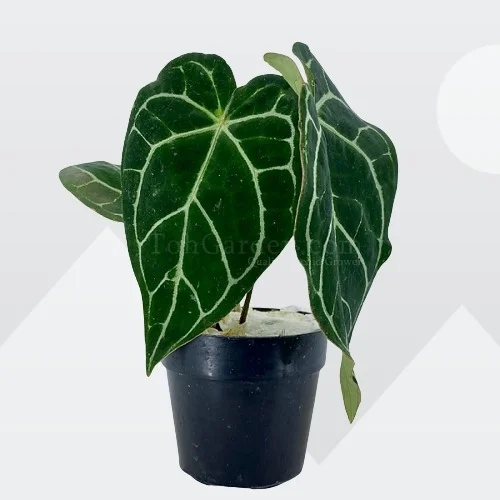
Botanical name: Anthurium crystallinum
Family: Araceae
Common name: Crystal Anthurium
Origin
Anthurium crystallinum is native to the tropical regions of Panama to Peru where it grows as an epiphyte on trees. It is among the popular tropical foliage plants that you can grow successfully in any space.
Size
Anthurium crystallinum grows to a height of 90 cm. The leaves are held on 70 cm long round petioles and can be 50 cm long and 40 cm wide which places it among the large-leafed plants ideal for a bold statement in any space.
Flower
The inflorescences Crystal Anthurium are green spathes with a pale-green spandix. This plant flowers through out the year.
Toxicity
Crystal Anthurium like other Anthuriums is toxic to both humans and pets. It contains oxalate crystals which can cause digestive distress, breathing problems and skin irritation. Always wear gloves when handling the plant and wash your hands thereafter.
Where to Buy
Are you looking to add Anthurium crystallinum to your collection? Beautiful plants are available online on Etsy (Link to Etsy).
Anthurium crystallinum Care Indoors
Anthurium crystallinum (Crystal Anthurium) flourishes in bright indirect, average warmth of 16-270C, humidity of 60-80% and consistently moist, fertile, well-drained, aroids potting soils coupled with monthly feeding during the growing season.
Crystal Anthurium requires pruning to keep it neat and tidy as well as reduce pest and disease infestations. Repotting is only needed when it becomes pot-bound. Keep reading for a detailed account on these growing conditions and how to achieve them.
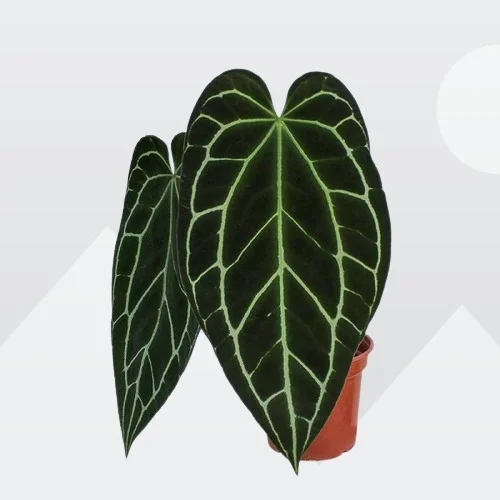
Watering
Water Crystal Anthurium thoroughly during the growing season while allowing the top 1-2 inches of soil to dry out between waterings and keep soil consistently moist.
Decrease watering in the cold season as growth is reduce to maintain the soil slightly moist but do not let the soil dry out completely.
Use tepid, chlorine-free water as the plant is sensitive to chlorine and other chemicals dissolved in water. Avoid wetting the foliage as it can lead to fungal diseases.
Ascertain that the pot has a drainage hole to prevent the soil from getting soggy as it can lead to root-rot and eventual loss of the plant.
Light Requirements
Anthurium crystallinum grows best in bright indirect light (dappled light). Keep it away from direct sunshine as it can scorch the leaves.
Where the natural lighting is not adequate, consider investing in a grow light to supplement it to promote a lush growth.
Rotate the pot regularly to ensure that the plant receives light on all sides for a balanced growth.
Temperature and Humidity
Crystal Anthurium requires an average warmth of 16-270C to thrive. Keep it away from cold drafts to prevent sudden changes in temperature. Check out this guide on understanding temperature for houseplants.
Anthurium crystallinum thrives in high humidity of 60-80%. Increase humidity by setting the pot on a wet pebble tray or use a cool mist humidifier. Read more on how to raise humidity for houseplants.
Clean the leaves by damp-wiping with a soft cloth to get rid of dust. Do not leave water drops on the leaves as it may cause fungal diseases infestations.
Fertilizer
Feed Cyrstal Anthurium every 4 weeks during the growing period with a balanced, liquid fertilizer for lush growth. Stop feeding in the cold season as growth is minimal and feeding at this time can lead to fertilizer burn.
Flush out accumulated salts from the soil regularly by running a stream of water through the soil until the water comes out through the drainage hole. Allow it to run for a few minutes and repeat the process several times.
Potting Mix
The best potting mix for Crystal Anthurium should be rich in organic matter and free-draining to prevent it from getting soggy while providing the required nutrients. Potting mixes designed for aroids are ideal.
Repotting
Repot Anthurium crystallinum every 2 years at the beginning of the growing season. Use a pot one-size larger and free-draining soil that is rich in organic matter.
Make sure that the pot has drainage holes to avoid getting soggy soil as it can lead to root-rot and eventual death of the plant. Check out these planters with drainage hole and saucer on Amazon.
Pruning
Pruning Anthurium crystallinum is easy. Remove yellow and dead leaves to maintain the plant neat as well as reduce pest and disease infestations.
Cut the leaves at the base of the stem with a sharp sterlized knife or clean pair of scissors to avoid unnecessary injuries which can lead to disease infestations. Cut away any wayward leaves to maintain the shape of the plant.
Propagation
Crystal Anthurium (Anthurium crystallinum) can be propagated during the growing season from splits by plant division. Below is an outline on propagation by plant division.
How to propagate Crystal Anthurium by plant division
Water the Crystal Anthurium thoroughly at least 1 day before to make it easier to divide and also hasten establishment. A well hydrated plant suffers less shock and takes a shorter time to take root.
Take the plant out of its pot and carefully divide it into sections by pulling apart the roots. Ensure each section has adequate roots to hasten establishment.
Select a 6 or 8 inches pot and ensure that the pot has a drainage hole to prevent the soil from getting soggy as it can lead to rotting.
Fill the pot with loose, free-draining potting mix and make a hole in the center of the pot. Ensure that the hole is slightly wider than the root base of the section.
Place the section in the previously made hole and lightly firm the soil around the base while taking care not to bury it too deep; maintain the section at the same soil level it was in the previous pot.
Water the soil thoroughly and place the set up in a well-lit, warm place until the new Anthurium crystallinum is well established after which you can begin routine care.
Related: How to Propagate Anthurium Plants by 5 Easy Methods
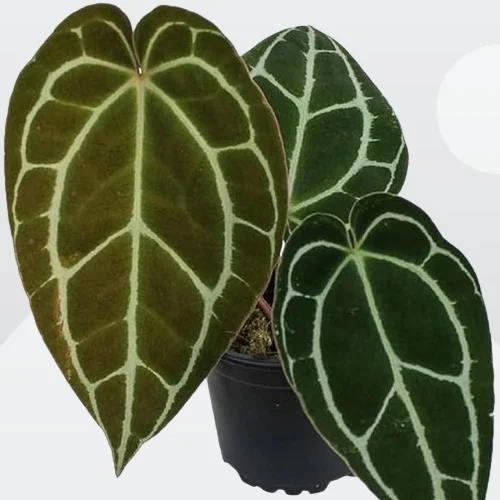
Anthurium crystallinum Problems
Crystal Anthurium problems include brown leaves, yellow leaves, brown leaf tips, brown leaf spots, drooping leaves, pests and diseases among others. Read on for more on these problems, their remedies and solutions.
Brown leaves
Some of the causes of brown leaves in Anthurium include incorrect watering, too little light, improper feeding, poor quality soil, being root-bound, pests, diseases, hot temperatures, age among others.
Pests
The common pests in Anthurium crystallinum are spider mites, aphids and fungus gnats. Isolate the affected plant to prevent spread to other plants and treat it with neem oil or insecticidal soap as per the manufacturer's instructions.
Diseases
Crystal Anthurium is prone to root-rot disease which is more prevalent in soggy soil brought about by poor soil drainage. To prevent root-rot disease, maintain the soil moist but not soggy by ensuring that the pot has a drainage hole and the soil is free-draining (drains easily). Read more on how to treat root-rot disease in houseplants.
Yellow leaves
There are many causes of yellow leaves in Anthurium crystallinum. One cause of yellow leaves is soggy soil. Maintain the soil moist but not soggy. Ensure that the pot has a drainage hole and the soil is free-draining to prevent the soil from getting soggy.
The second cause of yellow leaves in Crystal Anthurium is cold drafts (cold air). Protect the plant from cold drafts or place it away from windy doors and windows.
Brown leaf tips
Two reasons are responsible for brown leaf tips in Anthurium crystallinum. One reason for brown leaf tips is that the air is too dry. Set the pot on a wet pebble tray or use a cool mist humidifier to raise humidity.
The second reason for brown leaf tips in Crystal Anthurium is soggy soil. Maintain the soil moist but not soggy by ensuring that the pot has a drainage hole and the soil is free-draining (drains easily).
Brown leaf spots
The brown leaf spots are sunburn marks caused by exposure of Crystal Anthurium to direct sunlight. Move the plant to a shaded place or use a curtain to filter the light.
Drooping leaves and stems
There are four causes of drooping leaves and stems in Anthurium crystallinum. One cause of drooping leaves is low humidity. To elevate humidity, set the pot on a wet pebble tray.
The second cause of drooping leaves and stems in Crystal Anthurium is incorrect watering, either underwatering or overwatering. Maintain the soil moist at all times during the growing season and never allow the soil ball to dry out completely. Read more on how to water houseplants the right way.
The third cause of drooping leaves and stems in Crystal Anthurium is too high temperature due to exposure to direct sunlight. Protect the plant from direct sunlight by filtering the light with a sheer curtain.
The fourth cause of drooping leaves and stems in Crystal Anthurium is pests and diseases infestation. Regularly inspect your plant and take timely control measures for these pests.
You liked it? Share on social media.
Related Content
Amazon Associates Disclosure
Homeplantsguide.com is a participant in the Amazon Services LLC Associates Program, an affiliate advertising program designed to provide a means for sites to earn advertising fees by advertising and linking to amazon.com.
